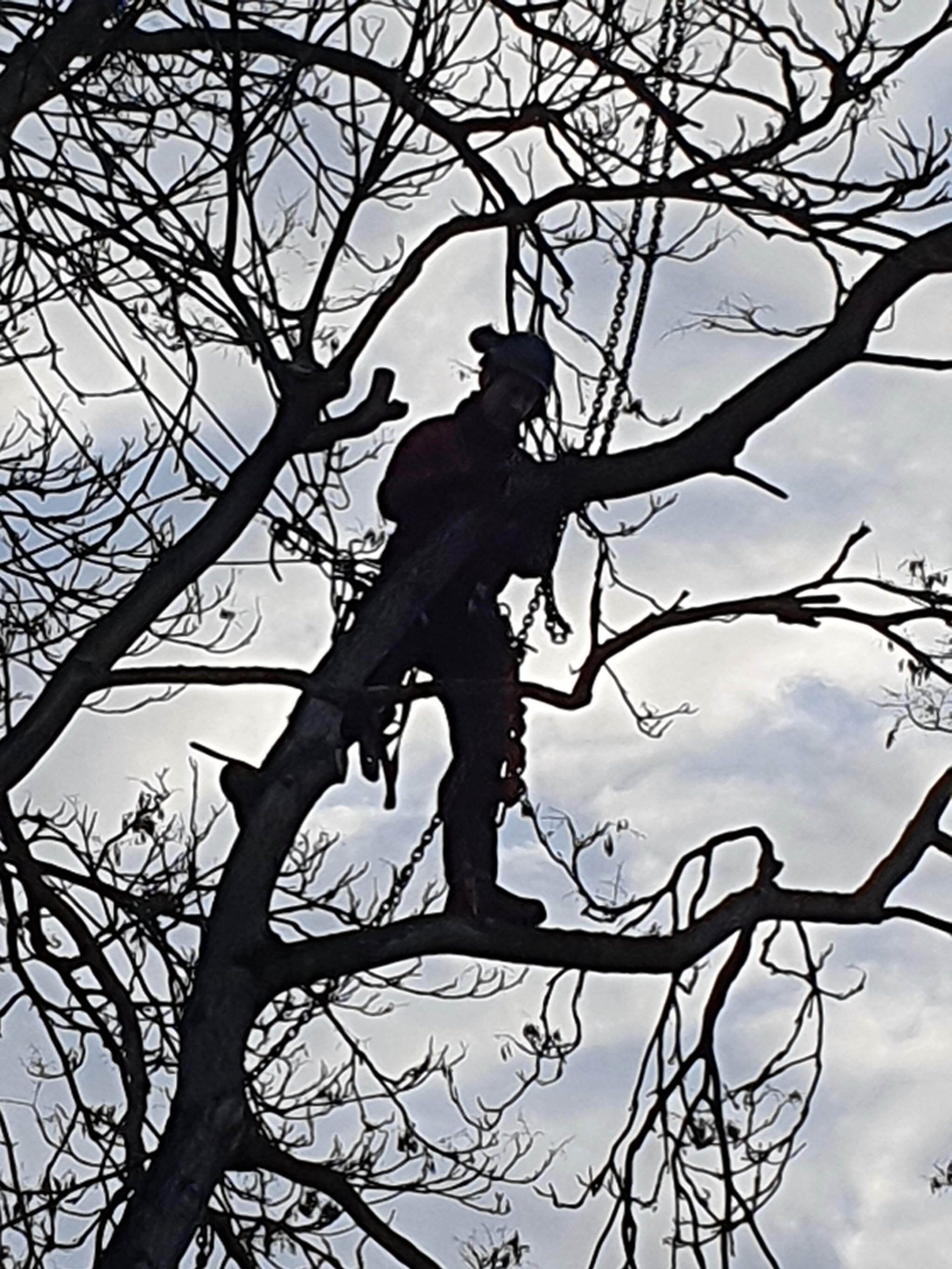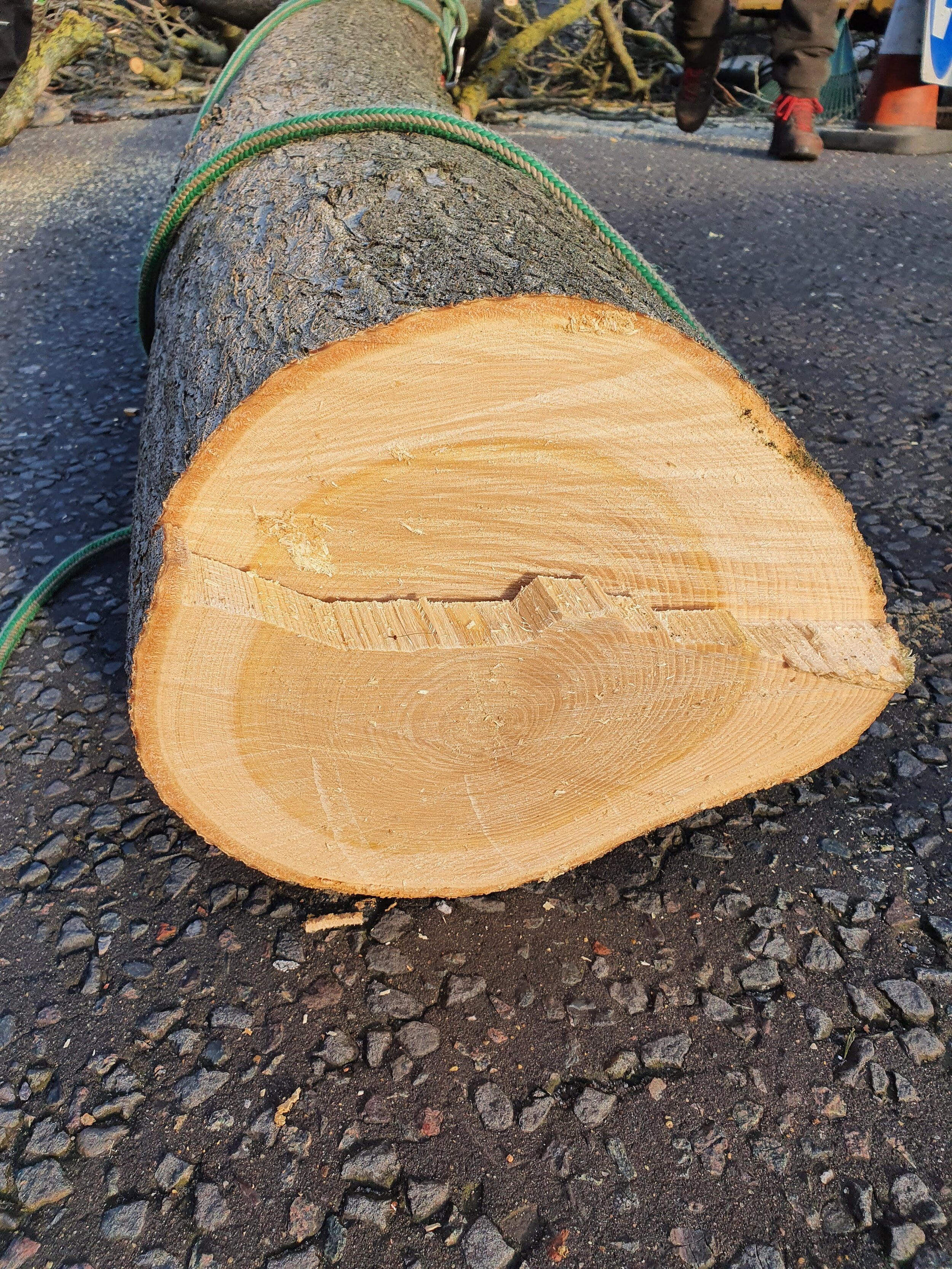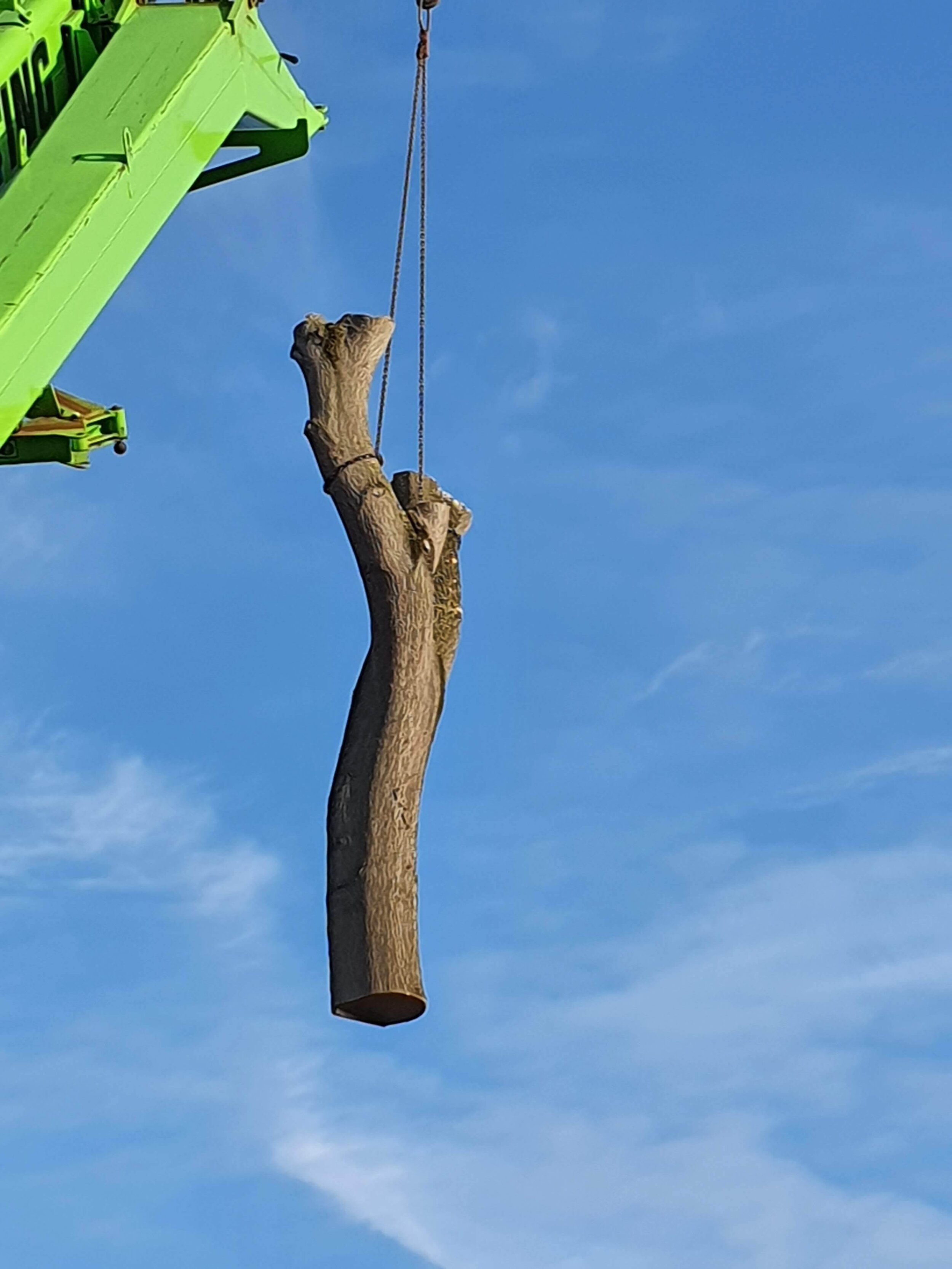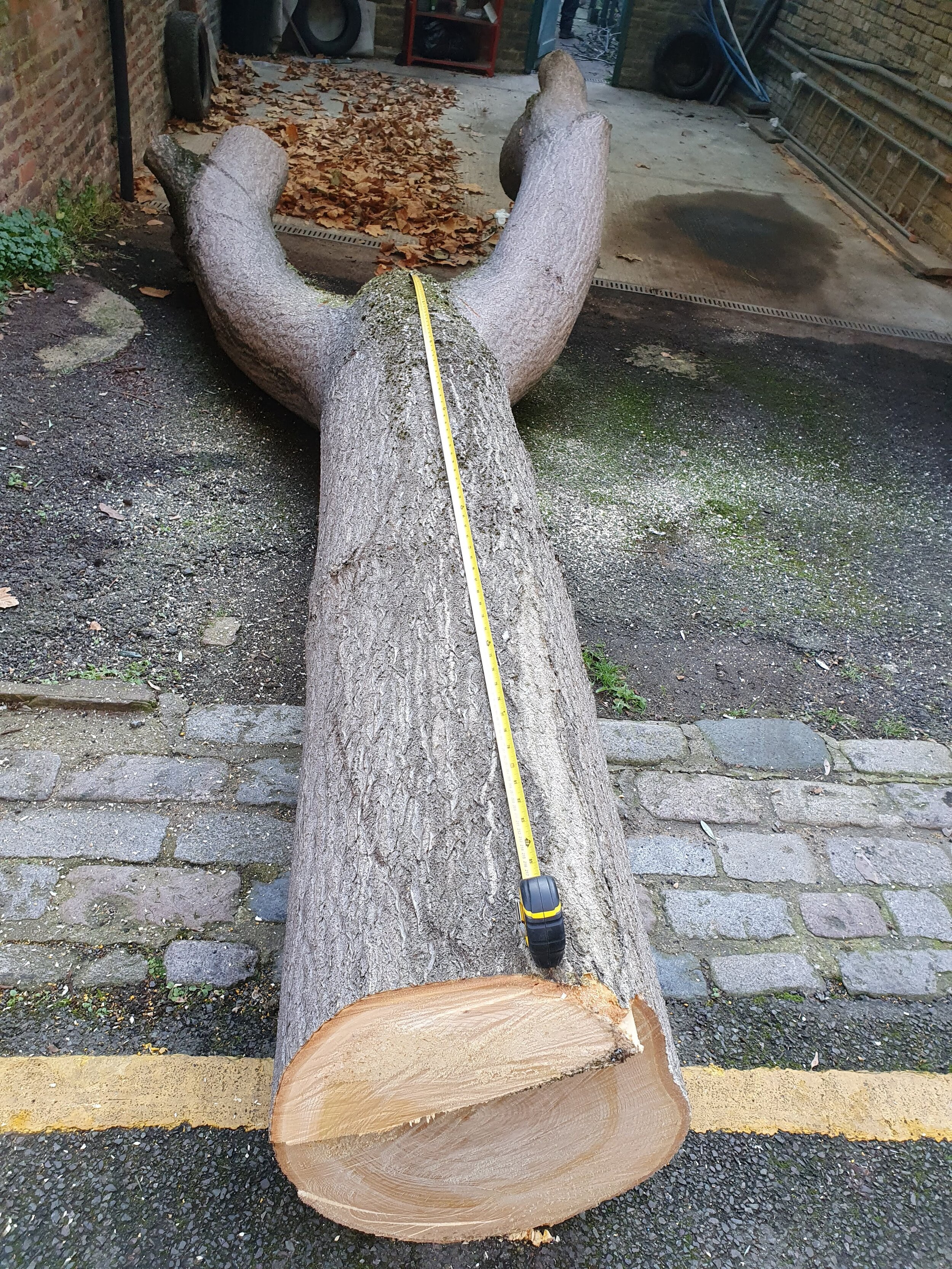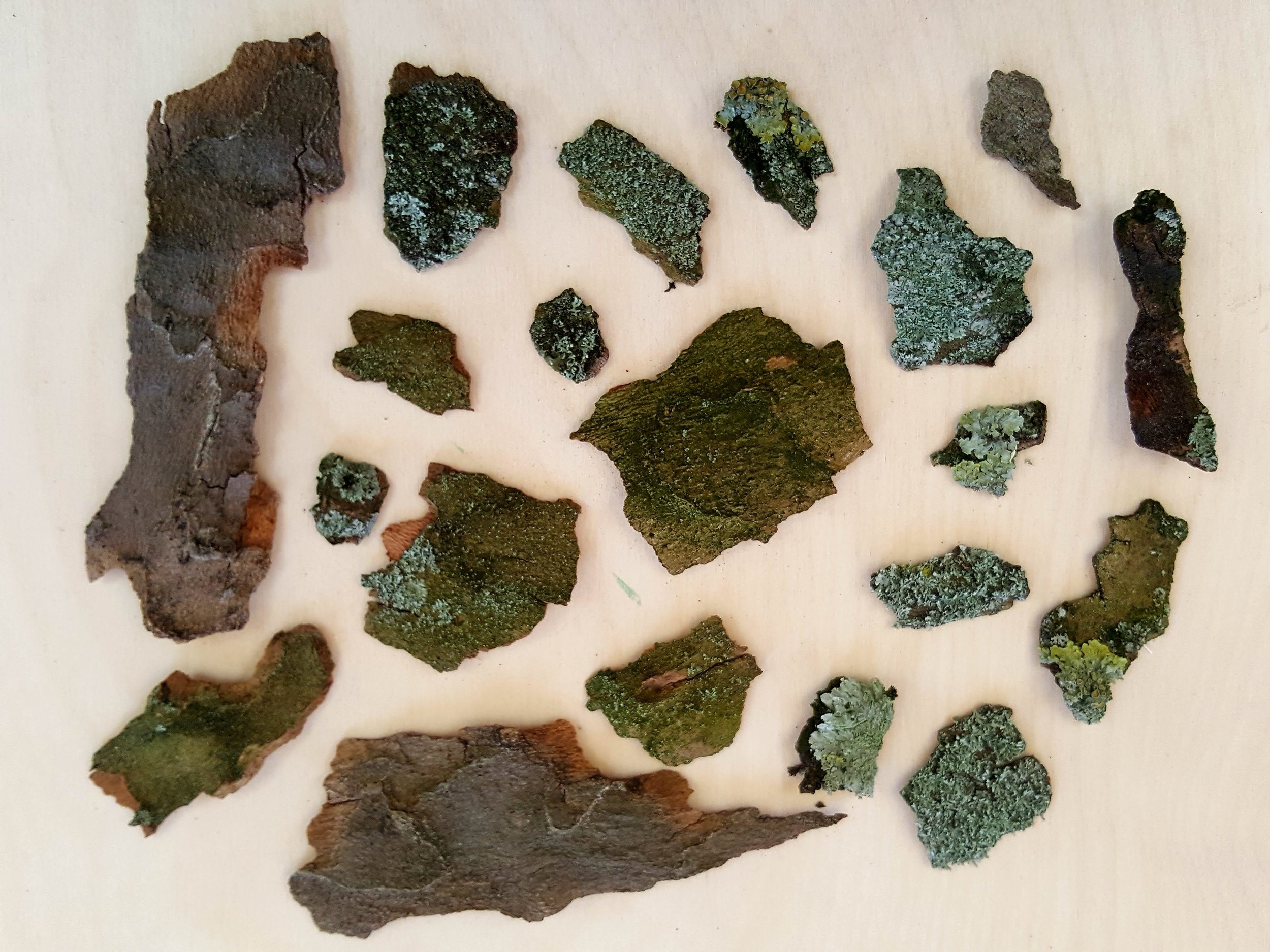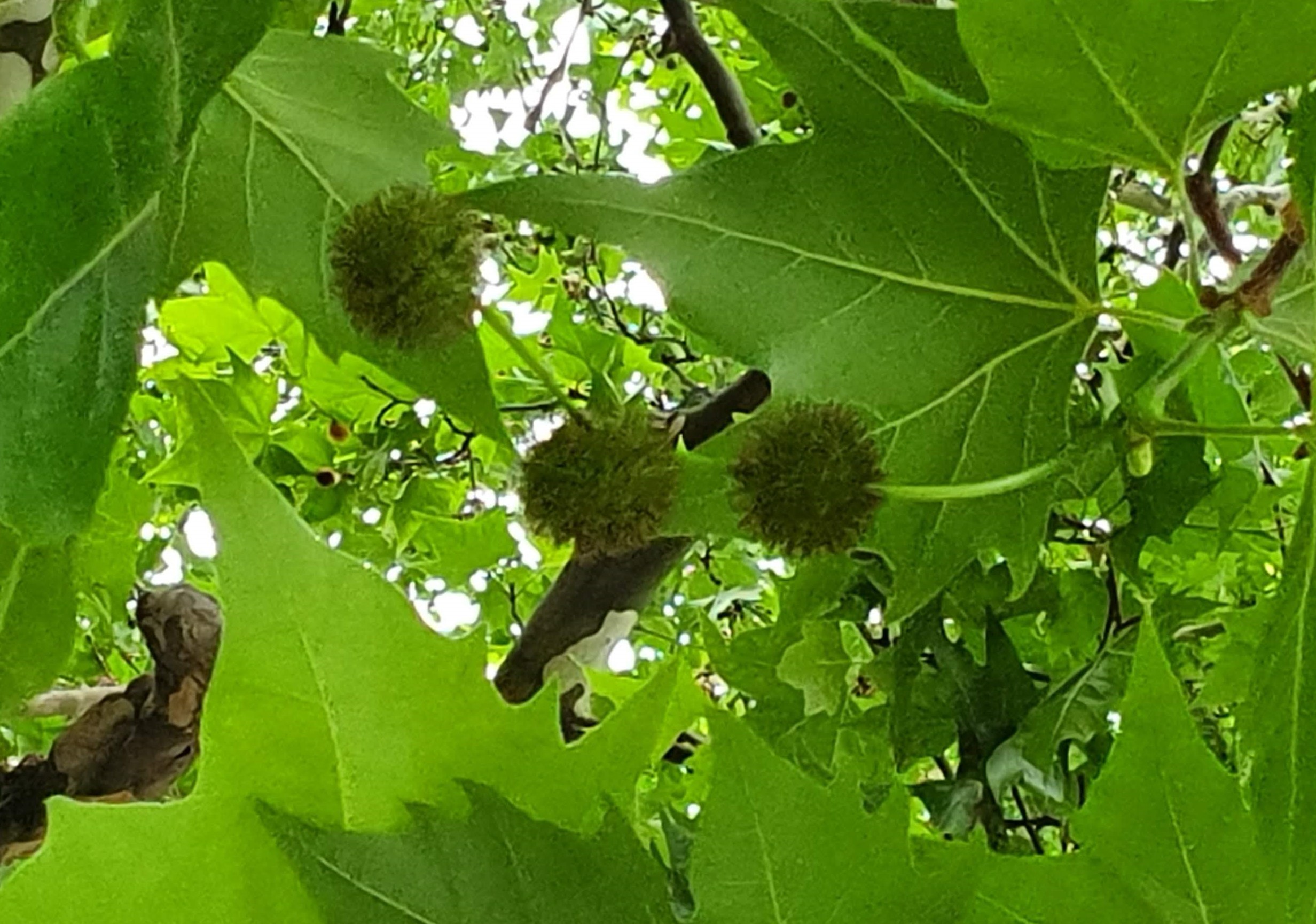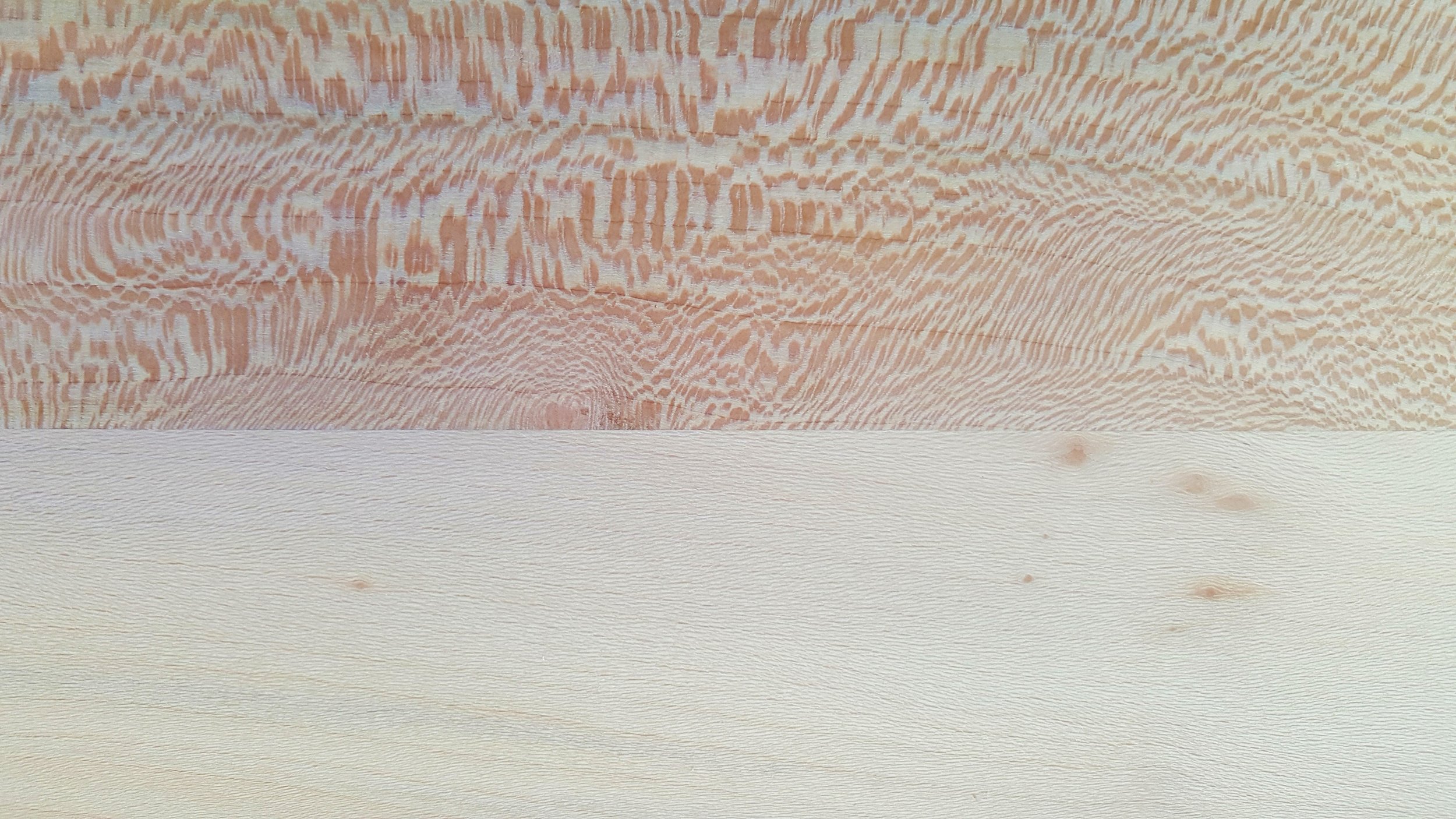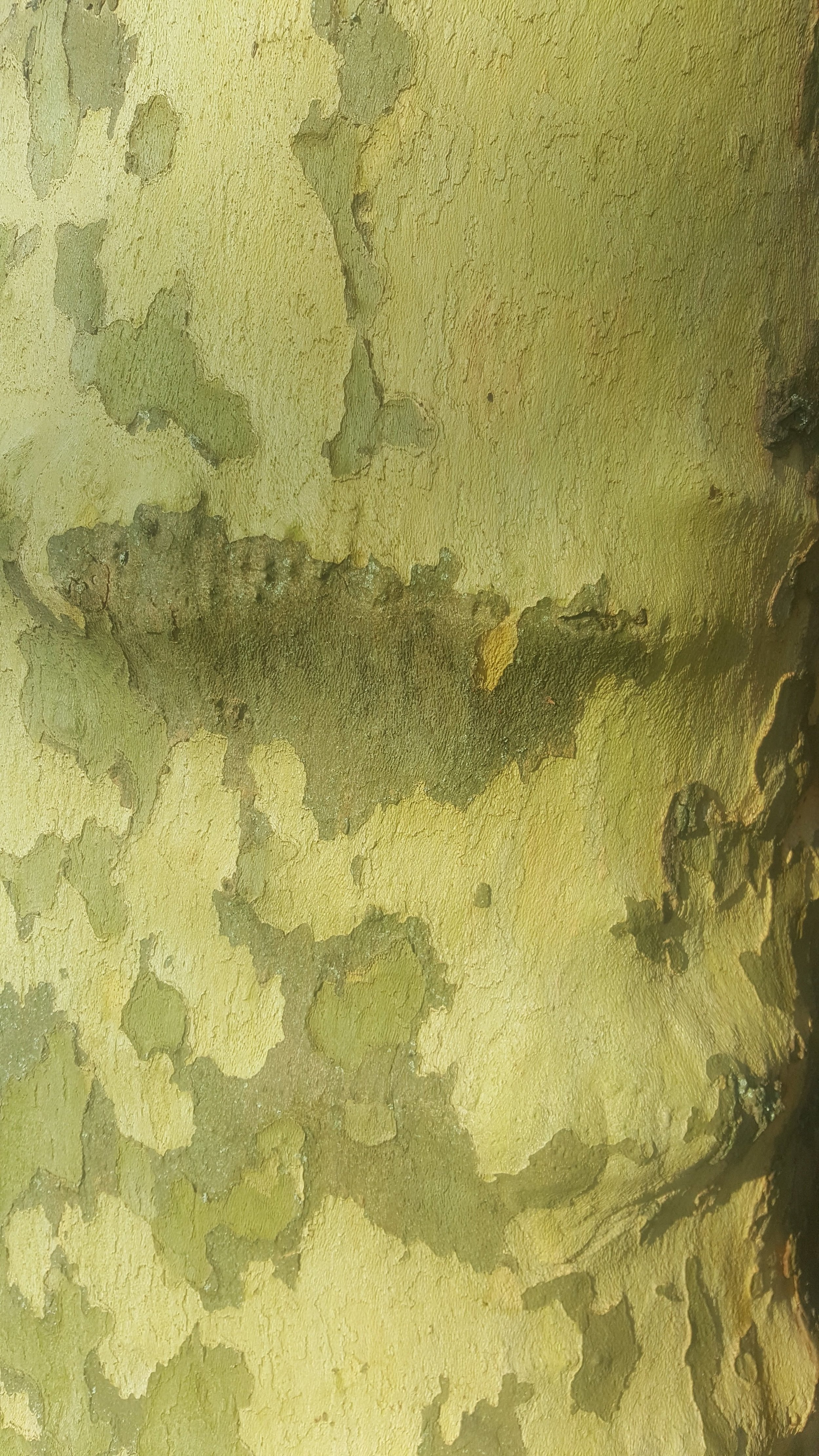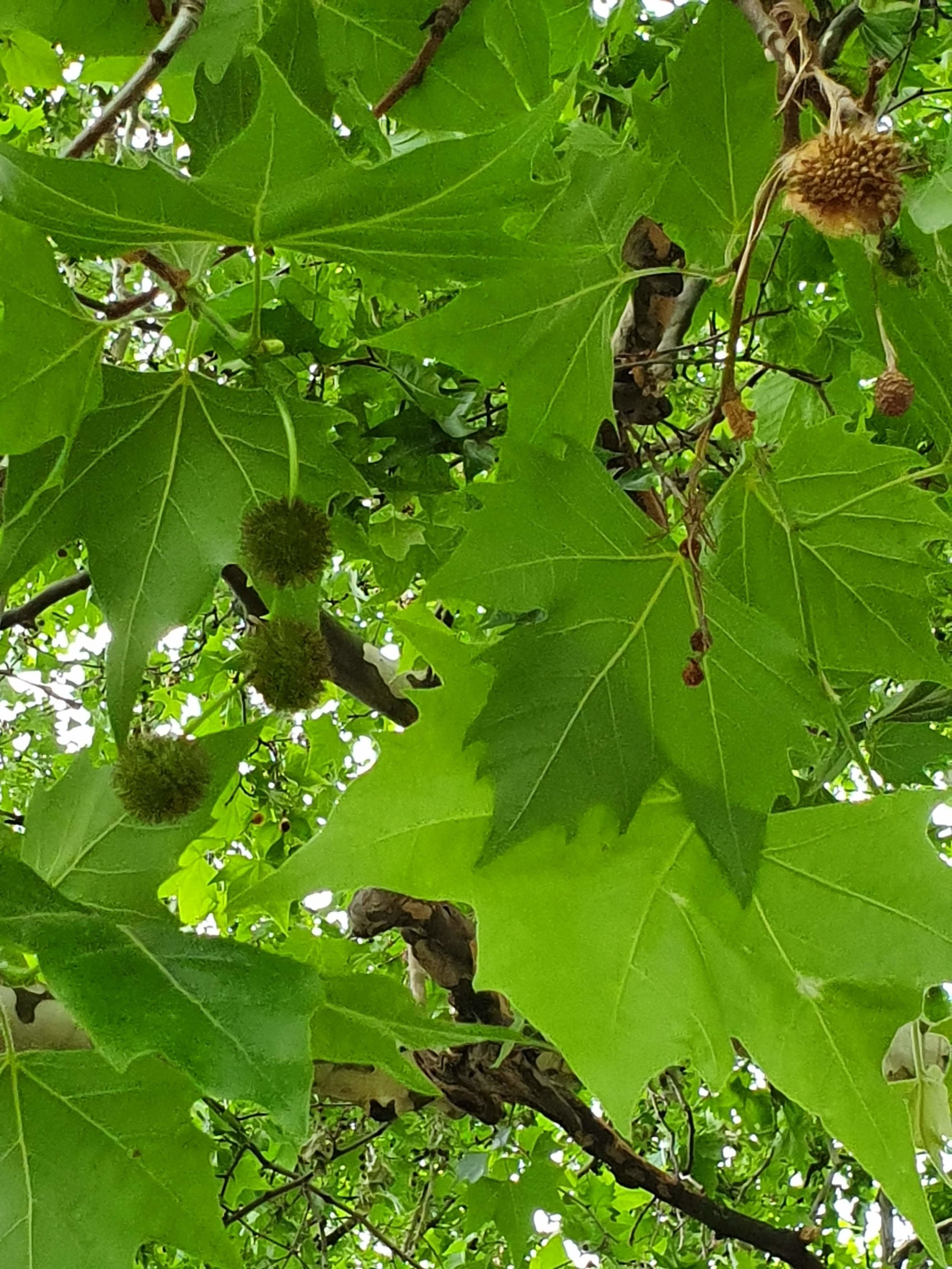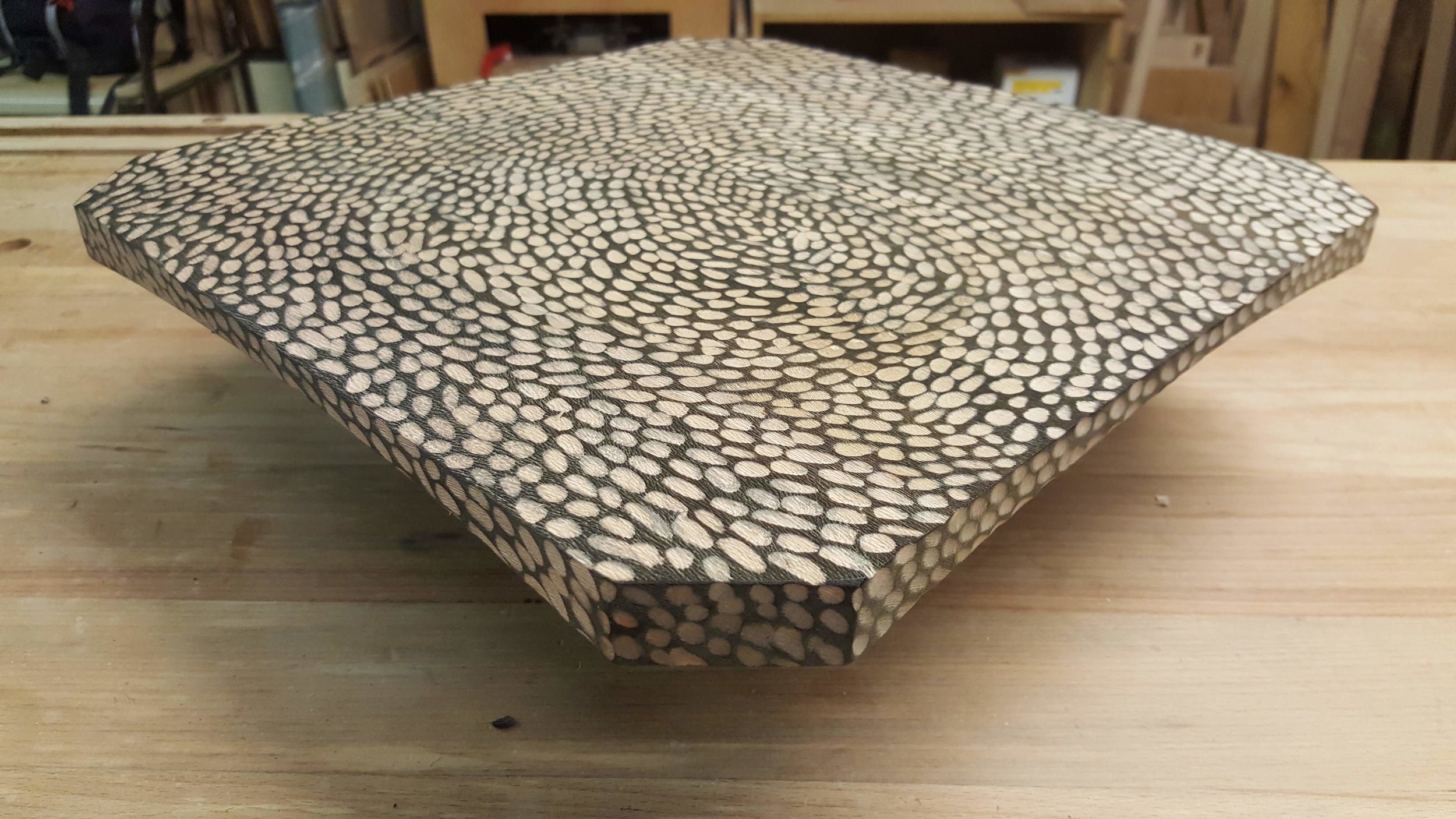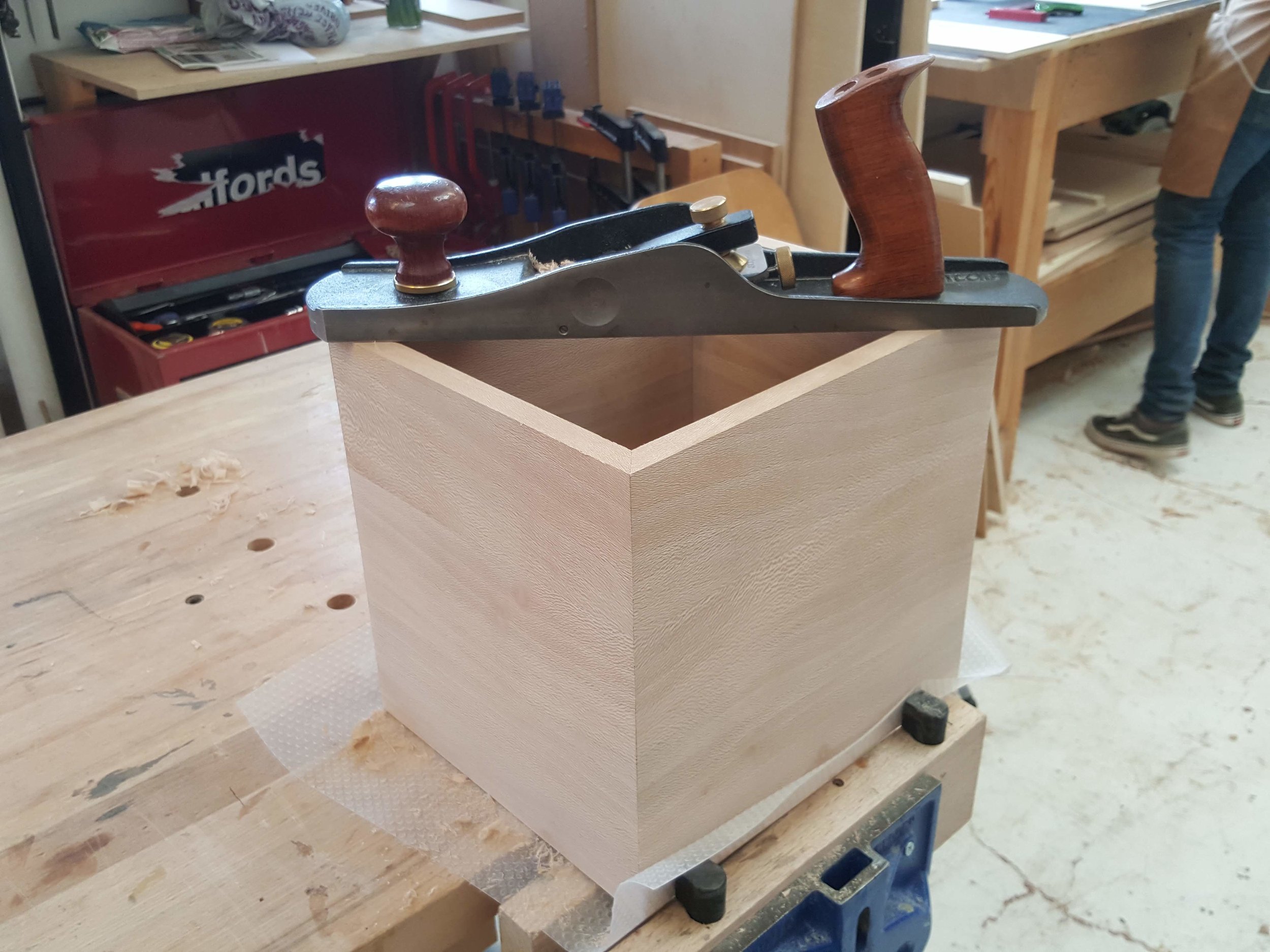Today saw the start of an exciting new project for 2021. This ailing Ailanthus, or Tree of Heaven, was chopped from a very narrow space in Kensington by the skilled chaps at The tree company.
Tree surgeons and crane operators are highy skilled legends.
After a good deal of consultation with me and the client, the tree surgeon clambered up and around the tree, shackling parts of the crown and cutting them free. These upper branches are unusable for timber so they were removed in two large pieces with brash and all attached. It was very dramatic to see what was essentailly a small tree pulling away and floating through the air. I stood and watched and nodded and gave the thumbs up and tried to keep warm in the cold January weather.
Then the surgeon worked his way downwards, applying precise cuts at positions we agreed to help maximise the yield while the crane company worked their magic. The communication between the crane driver and their man on the ground was amazing. The driver sat in the cab on the street, unable to see the tree, the surgeon or his colleague but managed to pull out all the material, including the trunk from its base from the small garden and onto the road without touching a thing. The client has a carport just below the canopy of the tree and not one piece of the felled tree touched it, let alone crashed through it, as predicted by many.
The chipper is a beast that snatches the brash and smaller branches and devours them. The background, bone crunching sound is a constant reminder of what usually happens to felled trees but also of the the triump of the day . Whatever we salvage of this tree is better than the greedy demands of the chipper.
The yield at first view seems larger than predicted, the tree is in good condition above the root. There is a little rot or disease at the base of the tree but it has been caught at the right time and only extends into the timber about 15cm. The trunk of the tree was felled in two pieces at 220cm long, which as an initial observation is adequate yield for the proposed projects. Desktops, for example can be made from the trunks, while the two major limbs will offer material for leg posts and narrow rails if they can be put in the kiln. Further to that, I retained countless small rounds for turning blanks and making greenwood items for the garden.

